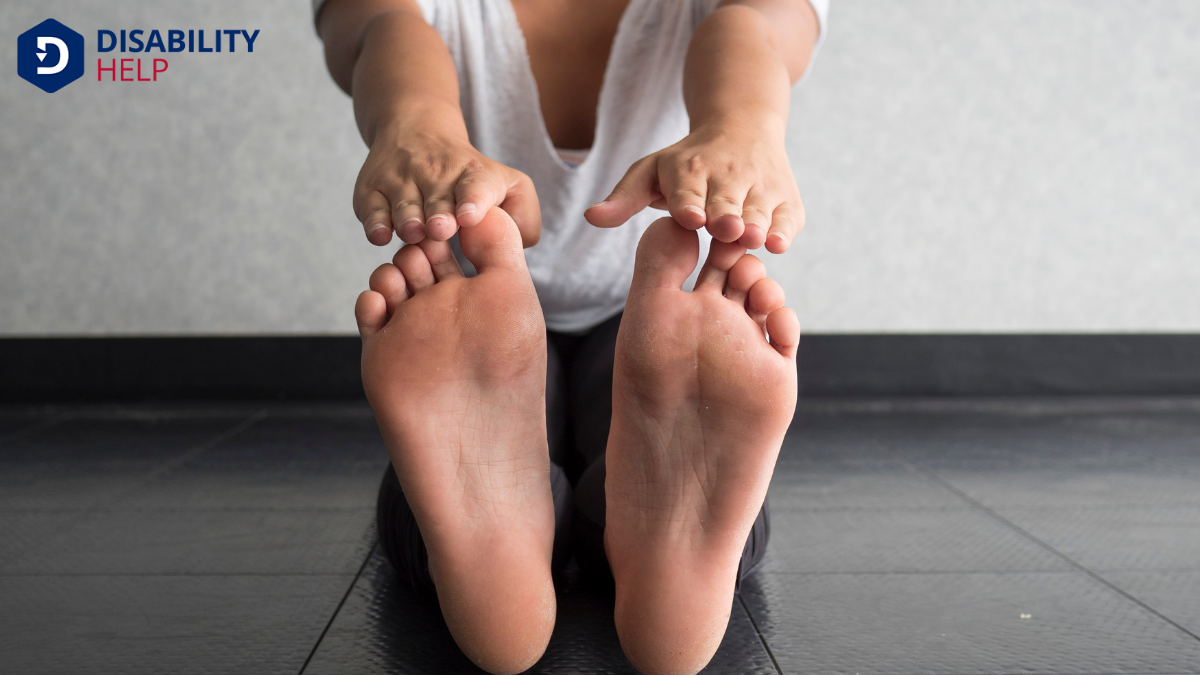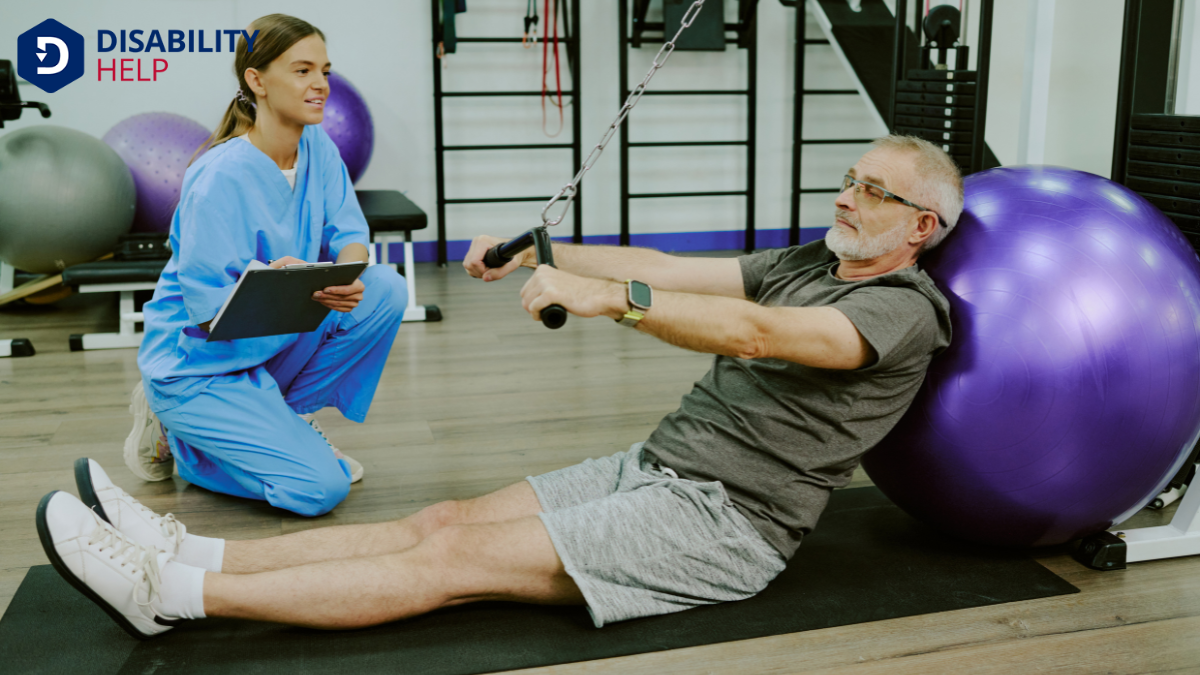Let's explore how often we should incorporate mobility exercises into our fitness routines. We understand they're essential for joint health and flexibility, but finding the right balance is key. So, how many times a week is ideal? It's important to take into account not only expert advice but also our personal needs and fitness goals. There's more to uncover about integrating mobility work effectively without overwhelming our bodies.
Key Takeaways
- Aim for mobility exercises 3-5 times a week for optimal joint health and flexibility.
- Integrate mobility exercises into warm-ups and cooldowns for consistency.
- Adjust frequency based on your activity level and specific mobility needs.
- Listen to your body and avoid overtraining to prevent fatigue and injury.
- Balance mobility work with strength, endurance, and flexibility training for comprehensive fitness.
Understanding Mobility Exercises
Mobility exercises, essential for maintaining joint health and flexibility, are often overlooked in our fitness routines. We tend to focus on strength and cardio, forgetting that mobility is key to overall fitness.
When we incorporate these exercises, we improve our range of motion, reduce injury risk, and enhance performance in other activities.
Mobility exercises differ from static stretching; they involve active movements that take joints through their full range. Think of them as dynamic stretches that prepare our bodies for movement. They’re beneficial whether we’re athletes or just looking to move comfortably in daily life.
To begin, we should focus on areas prone to stiffness, like hips, shoulders, and ankles.
The Science Behind Mobility and Flexibility

Although often misunderstood, the science behind mobility and flexibility reveals their foundational role in our physical health. We can't overlook how these elements affect our daily lives.
Mobility is about control and range of motion, while flexibility refers to the ability of muscles to lengthen. They work together, enhancing our movement and reducing the risk of injury.
Research shows that regular mobility exercises can lead to:
- Improved joint health, allowing for smoother movement
- Enhanced performance in physical activities by increasing efficiency
- Reduced muscle stiffness and soreness, promoting faster recovery
- Decreased risk of injuries by maintaining ideal body mechanics
- Better posture through balanced muscle tension
Assessing Your Personal Mobility Needs
Understanding the science behind mobility and flexibility helps us appreciate their value, but how do we determine what's best for each of us?
First, let's consider our daily activities. Are we sitting at a desk for hours, or are we constantly on the move? Our lifestyle can dictate which areas need more attention.
Next, let's reflect on any discomfort or stiffness we experience. Do certain movements feel restricted? Identifying these can guide us in targeting specific areas.
We should also factor in our fitness goals. Are we training for a marathon or simply wanting to move more fluidly day-to-day?
Finally, let's remember to listen to our bodies. They often signal when something needs adjusting. By personalizing our approach, we can enhance our mobility effectively.
Balancing Mobility Work With Other Fitness Activities
When incorporating mobility exercises into our fitness routine, it's crucial to find the right balance with other activities.
We need to guarantee we're not neglecting other important elements like strength, endurance, and flexibility while enhancing our mobility. A well-rounded routine promotes overall fitness and reduces the risk of injury.
Here are some tips to maintain balance:
- Schedule: Allocate specific days for mobility to prevent overloading.
- Integration: Combine mobility work within warm-ups or cooldowns.
- Variety: Mix different mobility techniques with other workouts.
- Listen: Pay attention to our body's signals to adjust the focus.
- Adaptation: Modify intensity based on the week's demands.
Potential Risks of Overdoing or Underdoing Mobility Exercises

When it comes to mobility exercises, finding the right balance is essential.
Overtraining can lead to joint stress and decreased performance, while not practicing enough might limit our flexibility and increase the risk of injury.
Let's explore how we can maintain a healthy routine that enhances our overall mobility without causing harm.
Consequences of Overtraining
While mobility exercises are essential for maintaining flexibility and preventing injuries, it's crucial to strike a balance to avoid overtraining.
Doing too much can lead to several issues, and we should be aware of these potential pitfalls.
Overtraining can result in:
- Muscle fatigue: Our muscles may not have enough time to recover, leading to chronic fatigue.
- Increased injury risk: Overworked muscles and joints become more susceptible to strains and sprains.
- Decreased performance: We might find ourselves unable to perform at our best due to exhaustion.
- Plateauing: Excessive training can lead to stagnation, where improvements become minimal.
- Mental burnout: Constant overexertion can take a toll on our mental well-being, causing stress and demotivation.
Effects of Insufficient Practice
Balancing our mobility exercises is just as important as avoiding overtraining. When we underdo these exercises, we risk decreased joint flexibility and increased stiffness. Our bodies mightn't move as fluidly, leading to potential injuries during daily activities or workouts.
Insufficient practice can also slow our progress in strength and endurance training, as mobility is foundational to performing exercises with the correct form.
On the other hand, overdoing mobility exercises can lead to overstretched muscles and ligaments, reducing joint stability. This can make us more vulnerable to injuries, especially during high-intensity activities.
It's essential to find a sweet spot in our routine. By listening to our bodies and adjusting our practice, we can maintain effective and safe mobility, enhancing our overall fitness journey.
Expert Recommendations on Frequency
Experts often suggest performing mobility exercises at least three to four times a week for peak benefits. This frequency allows our bodies to maintain flexibility and prevent stiffness without overwhelming our schedules.
By regularly engaging in these exercises, we can enhance our movement range, improve posture, and reduce the risk of injuries.
Let's consider why experts recommend this frequency:
- Consistency: Regular practice builds and maintains muscle memory.
- Balance: Provides just enough activity to improve without causing fatigue.
- Adaptability: Keeps our joints and muscles ready for daily activities.
- Recovery: Allows adequate rest days for muscle repair.
- Sustainability: Easy to incorporate into most weekly routines.
Practical Tips for Incorporating Mobility Into Your Routine
Integrating mobility exercises into our daily routine can seem challenging, but it's easier than we might think. We can start by setting aside just 10 minutes a day.
Consider incorporating these exercises into our morning or evening routine, making it a habit like brushing our teeth. To keep things interesting, vary the exercises we do. We might focus on different body areas each day, like the hips on Monday and the shoulders on Tuesday.
Let's use reminders or alarms on our phones to prompt us until it becomes second nature. Additionally, incorporating mobility drills into our warm-ups before workouts guarantees we're already primed for movement.
Conclusion
Incorporating mobility exercises into our weekly routine is essential for maintaining joint health and flexibility. By aiming for three to four sessions a week, we can strike a balance between improving our mobility and not overwhelming our bodies. Let's remember to listen to our bodies and adjust as needed, ensuring our overall fitness regimen remains balanced. With these exercises, we're not just enhancing our physical capabilities but also supporting long-term well-being. Let's keep moving and stay flexible!






